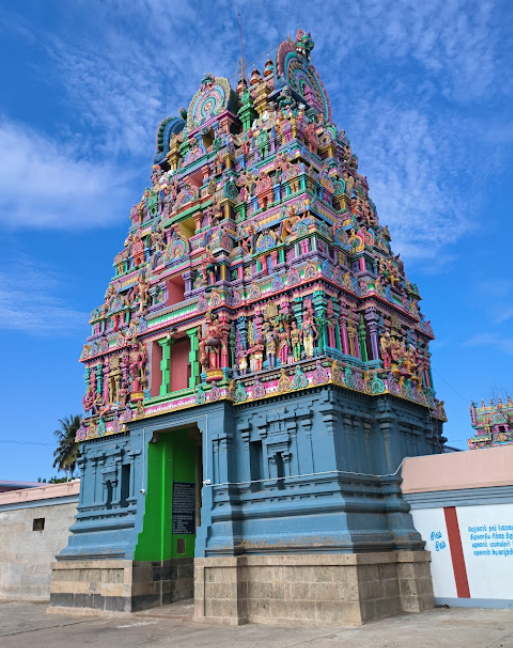The temple houses Swamy Swayambu Murthy, also known as Lord Thirunam Manikka Vanna. The term "Swayambu Murthy" refers to a naturally occurring idol. The idol's ruby-like shine is notable, and the rough texture of the pedestal beneath the Shivalinga features a distinct cut on the shoulder of the deity. Legend states that when Kusasetu Maharaja arrived at this location, it was a dense forest.
As the forest was being cleared, a spade struck the ground, and blood gushed forth. The king, upon noticing this, discovered the presence of the Lord, who is referred to in the vernacular as Rathnagiriswarar. This site is celebrated for its remarkable Shivalinga, known as Thiru Vuru.
Administration History :
The temple was originally constructed as a Maada Kovil by Ko Chengat Chozha and later renovated as a stone structure during the Chozha period. Further expansions were made during the Nayaka period. The temple has inscriptions from the reign of Kulothunga Chola III and gifts by a lady named Brahmani Alliyangothai for widening pathways and pooja services. In 1882 CE, the Thanjavur Maratha Kings made endowments of gold for the temple's upkeep. Today, the temple is under the control of the Hindu Religious and Charitable Endowments Department (HR&CE) of Tamil Nadu.
